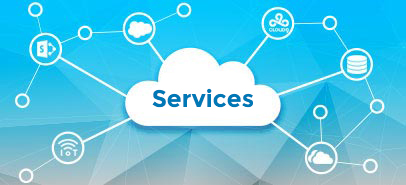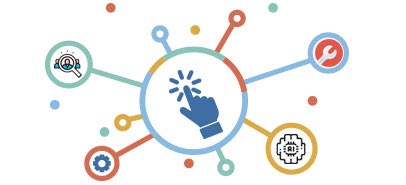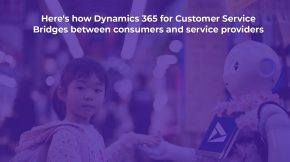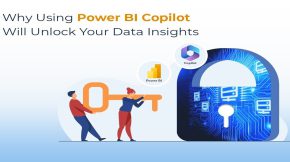Dynamics 365 Business Central vs. SAP Business One: What You Really Need to Know
You’re checking out ERP systems for your organization. You’ve seen a lot of comparisons. Let’s skip the usual stuff and talk about what really matters when you’re choosing between SAP vs Microsoft Dynamics.
The Key Difference: How They’re Built
SAP Business One is made for smaller companies. It works well, but it was designed that way. Even though SAP has tried to make it bigger, the basic design can cause problems when you have tons of transactions, complex data, and lots of things to connect.
Microsoft Dynamics 365 vs SAP, on the other hand, is built on the Dynamics 365 platform. It’s new, it’s made for the cloud, and it’s designed to grow. This means:
- It uses Azure’s multi-tenant setup. You get updates, security, and room to grow without having to manage everything yourself. SAP Business One, even in the cloud, often means you still have to handle more of the tech stuff.
- It’s built in pieces. You can add or remove parts as your company changes. Need AI for sales? Add it. Want to fix your supply chain? Do it. SAP Business One isn’t as flexible. It can take more work to customize and connect things.
Data: The Thing Nobody Talks About
Data is super important. How your ERP handles it matters a lot. This is where Business Central is better.
- It connects to Azure Data Lake. You can store and study tons of data. This helps you make smart choices. SAP Business One doesn’t do this as well. You might need extra tools to get the same results.
- It includes Power BI. You get dashboards and reports right in the ERP. This helps your team see what’s happening in real-time. SAP Business One uses SAP Crystal Reports, but it’s not as easy to use.
- It uses AI to make things easier, more accurate, and to predict what will happen. It can guess your cash flow, find possible inventory problems, and help you set prices. SAP Business One doesn’t have as much AI.
Making It Your Own: More Than Just Changing Colors
Every company is different. Your ERP needs to fit your needs. Here’s how Business Central lets you customize things:
- It uses the AL language. This lets developers make changes without messing up the main system. This means your changes won’t break when you update. SAP Business One’s tools aren’t as good. Developers might have to change the main system, which can cause problems later.
- It has the AppSource marketplace. You can find lots of pre-built add-ons for Business Central. This makes it easy to add new features without having to build them yourself. SAP Business One doesn’t have as many options.
- It works with the Power Platform. You can create apps, automate tasks, and build chatbots without writing code. This lets your employees solve problems quickly. SAP Business One doesn’t connect to a low-code platform like this.
The Hidden Costs: What You Really Pay
The initial price is important, but think about what it will cost over time. Business Central can save you money here.
- It’s in the cloud. You don’t need to buy hardware, software, or hire as many IT people. This saves you money upfront and later. SAP Business One can be more expensive to maintain if you have it on-premise.
- It updates automatically. You always have the newest features and security. You don’t have to pay for upgrades. SAP Business One upgrades can be difficult.
- It’s easier to customize. The tools and marketplace make it cheaper to make changes. SAP Business One can cost more to customize.
D365 Business Central and SAP Business One:
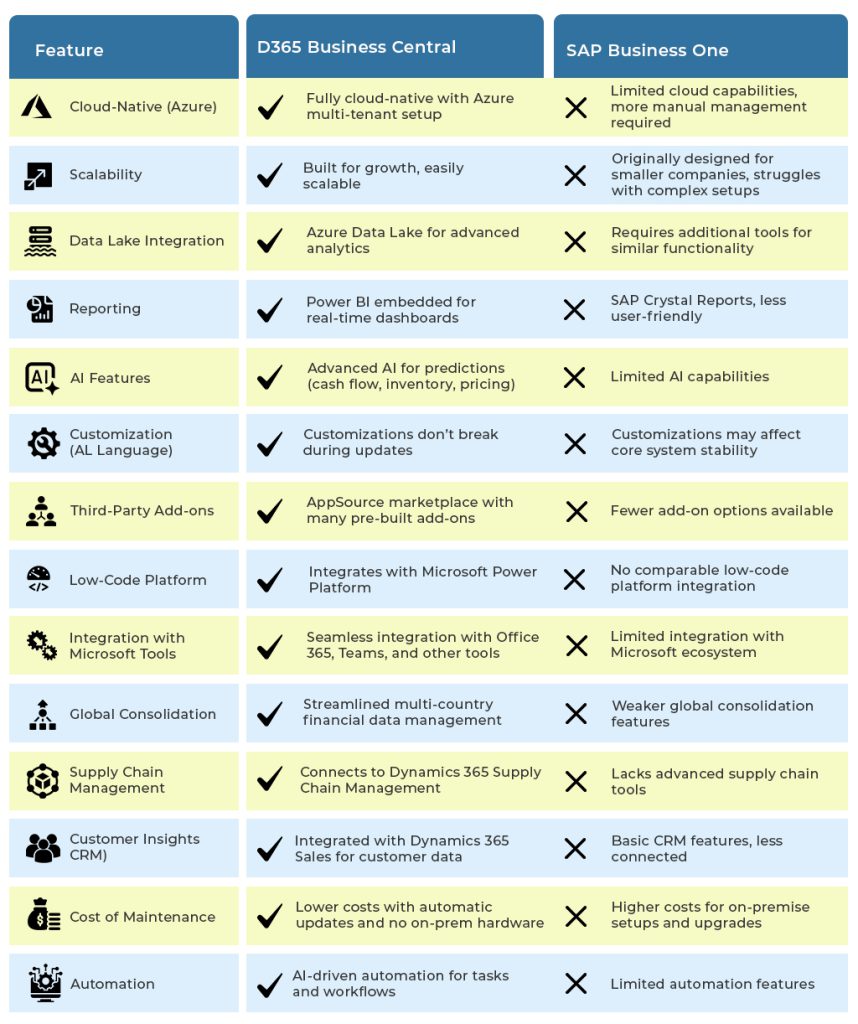
Microsoft Business Central vs Dynamics 365: Is there a different
Actually, Dynamics 365 vs Business Central is a common search, but it’s a bit misleading. Business Central is part of the Dynamics 365 family. It’s the ERP solution specifically designed for small and medium-sized businesses. So, when people ask about Microsoft Dynamics 365 vs SAP, they’re often really wondering how Business Central stacks up against SAP Business One. And as we’ve seen, Business Central offers some compelling advantages.
Real Examples
Let’s look at some real situations:
- Global Consolidation: You have offices in different countries. Business Central makes it easy to combine financial data and see how your whole business is doing. SAP Business One isn’t as good at this.
- Supply Chain: You need to make your supply chain better. Business Central connects to Dynamics 365 Supply Chain Management. This helps you plan, predict, and manage things. SAP Business One doesn’t do this as well.
- Customers: You want to make customers happier and sell more. Business Central connects to Dynamics 365 Sales. This gives you a full view of your customers and helps your sales team. SAP Business One’s CRM isn’t as connected.
Microsoft Dynamics vs SAP: Who Wins on Integration?
Integration is key. You need your ERP to play nicely with other systems. Microsoft Dynamics vs SAP is a constant debate, but when it comes to integration within the Microsoft ecosystem, Dynamics 365 (including Business Central) has a clear edge. Its seamless connection with Office 365, Power BI, and other Microsoft tools streamlines workflows and eliminates data silos.
The Future is Smarter and More Automated
The future of ERP is about being smart and automated. Business Central is leading the way. It uses AI to automate tasks, improve accuracy, and predict what will happen. SAP Business One is behind in this area.


